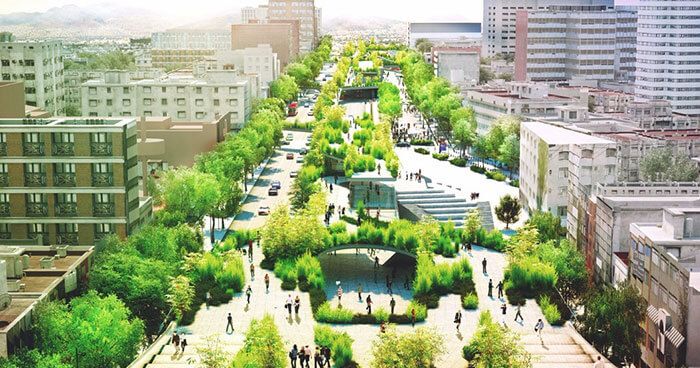
At the start of a new year, the writings of three friends of mine have come together to make me think about green spaces in towns and cities and our need for metaphorical green spaces in the busy ebbs and flows of our lives.
David Smith posted a blog on New Year’s Eve in which he quoted Jewish theologian Abraham Joshua Heschel, from his book The Sabbath, pointing out that “in the Bible time is not just a succession of intervals. Rather it is shaped into significant ebbs and flows that shape experience of the world”. Heschel put it this way:
“Judaism is a religion of time aiming at the sanctification of time. Unlike the space-minded man to whom time is unvaried, iterative, homogeneous, to whom all hours are alike, quality-less, empty shells, the Bible senses the diversified character of time. There are no two hours alike. Every hour is unique and the only one given at the moment, exclusive and endlessly precious…Jewish ritual may be characterized as the art of significant forms in time, as architecture of time.”[1]
The phrase ‘architecture of time’ intrigued David and it leaped out from the page to me too. I had been reading Curriculum Planning with Design Language, a great new book by Ken Badley. It is written for teachers but I think it has implications for all the projects that we plan in the workplace or home. Ken takes the design philosophy of architect Christopher Alexander as his starting-point and he proposes ten design principles for our projects. They include ‘centres’, ‘boundaries’, ‘entrances and exits’, ‘coherence and connections’, … but the one that Heschel’s talk of ‘architecture of time’ made me think about was Ken’s seventh principle – ‘green spaces’.
Ken talks about the quiet backs of Oxford colleges as paradigm examples of the breathing spaces that cities and towns need and goes on to define green spaces in our working lives as “activities people engage in that are very likely different from work”. Heschel encourages us to think of time not as something that simply and remorselessly flows by but as something that we shape just as architects shape buildings and their environments … and he does it in a book entitled The Sabbath! The green spaces that we should design into our work projects (or our plans for 2020) are the sabbaths, the jubilees, the resting-places, the coffee-breaks that give us opportunity to breathe in the stillness, the greenery, the sounds of the metaphorical park or garden!
The third friend is actually a student of mine from Dublin who is presently writing an essay for a module on the theology of work. He it was who a few weeks ago introduced me to Heschel’s ideas and he has effectively convinced me that any such module should have at its heart a theology of rest. My curriculum for the module needs not only the breaks that I provide for in classroom sessions but also a focus on the importance of green spaces in our architecture of our time.
My thanks to my three friends for
forcing me to face up to the fact that my tendency to workaholic-ism is not a
good thing! I need to shape my time
differently.
[1] Abraham Joshua Heschel, The Sabbath: Its Meaning for Modern Man (New York: Farrar, Strauss & Company, 1951), p. 8.
